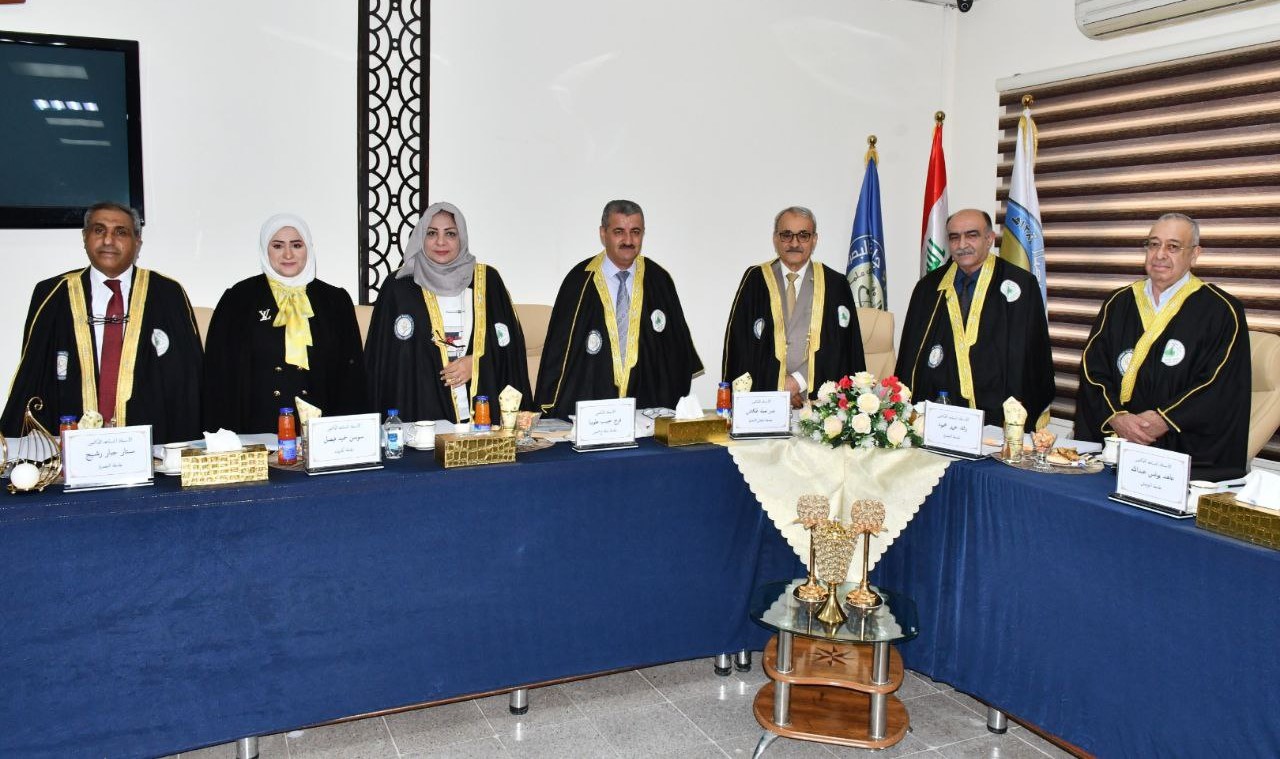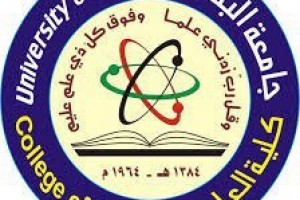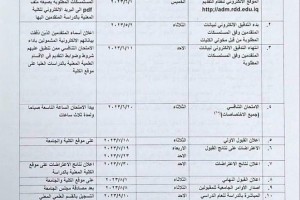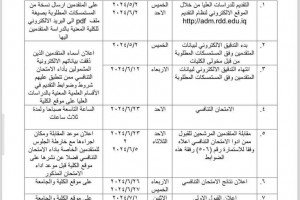

The Department of Geology of Science discussed a doctoral thesis entitled (Evaluation of the Miocene Clay Sediments in Zurbatiya / Eastern Iraq for the manufacture of building blocks). Researcher Yasmine Ibrahim Khalaf's thesis aims to conduct a mineral and chemical evaluation of the sediments of the Fetta and Anjana clays and determine their properties, and then prepare two types of ordinary fired clay bricks and unburned bricks by semi-dry pressing method within a special burning program, and then conduct evaluation tests on the bricks produced with both types and compare their specifications With the requirements of the Iraqi standard and international standards.
The study included conducting a number of exploratory field tours that helped to choose the best sites in each of the Al-Fatha and Anjana formations, which are the Salam section, the Al-Taf section, the Saad section and the Taqqat section in the Zurbatiyah area within the Wasit governorate in eastern Iraq. While the laboratory work included carrying out a number of physical, chemical and mineral tests for the area’s clays to determine their suitability for the ceramic industries, after that the mixtures were prepared in the required proportions for the purpose of pressing them into a cylindrical steel mold prepared for the purpose of forming bricks. The models were then dried in an oven at 110°C for 24 hours to ensure Getting rid of the water added when forming, as well as to avoid cracks and cracks that occur later when burning.The models were burnt at different burning degrees 950, 850, 1050 °C according to a special program that was prepared, and then the burned models underwent a set of evaluation tests for the purpose of comparing the specifications of the produced bricks with the requirements of the Iraqi and international specifications.
The results concluded that the field observations in the study area indicate the presence of wide extensions and high thicknesses of clays in the formations of Al-Fatah and Anjana. At a burning temperature of 959,850 °C and B-class bricks from Anjana clays of various degrees of burning, as for the unburned bricks fixed with cement, a class A brick was obtained for the various added ratios, which is considered a low-cost, environmentally friendly brick.










